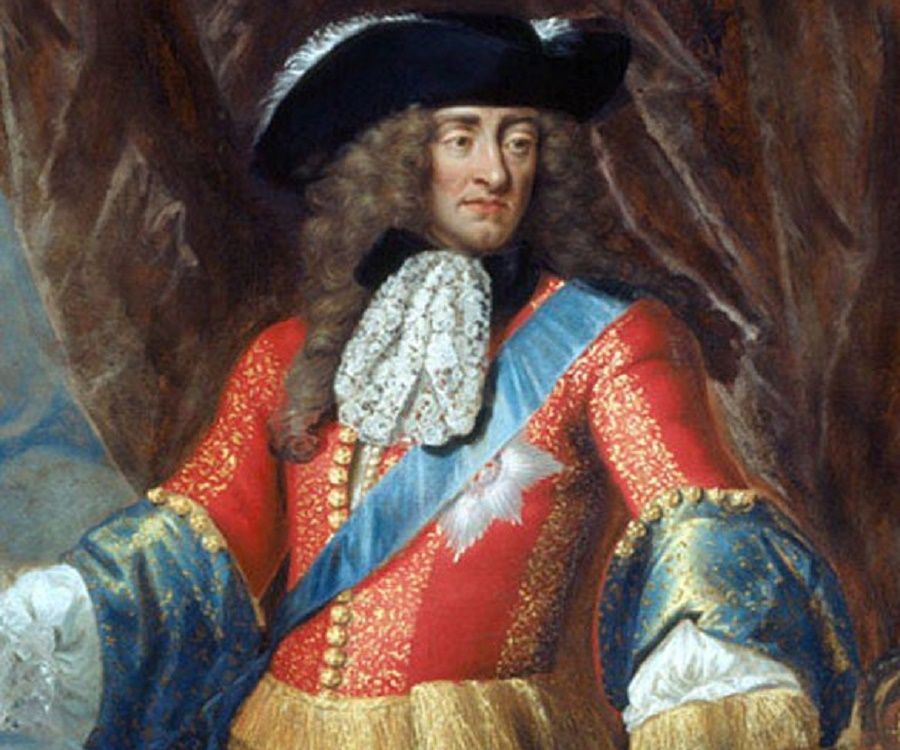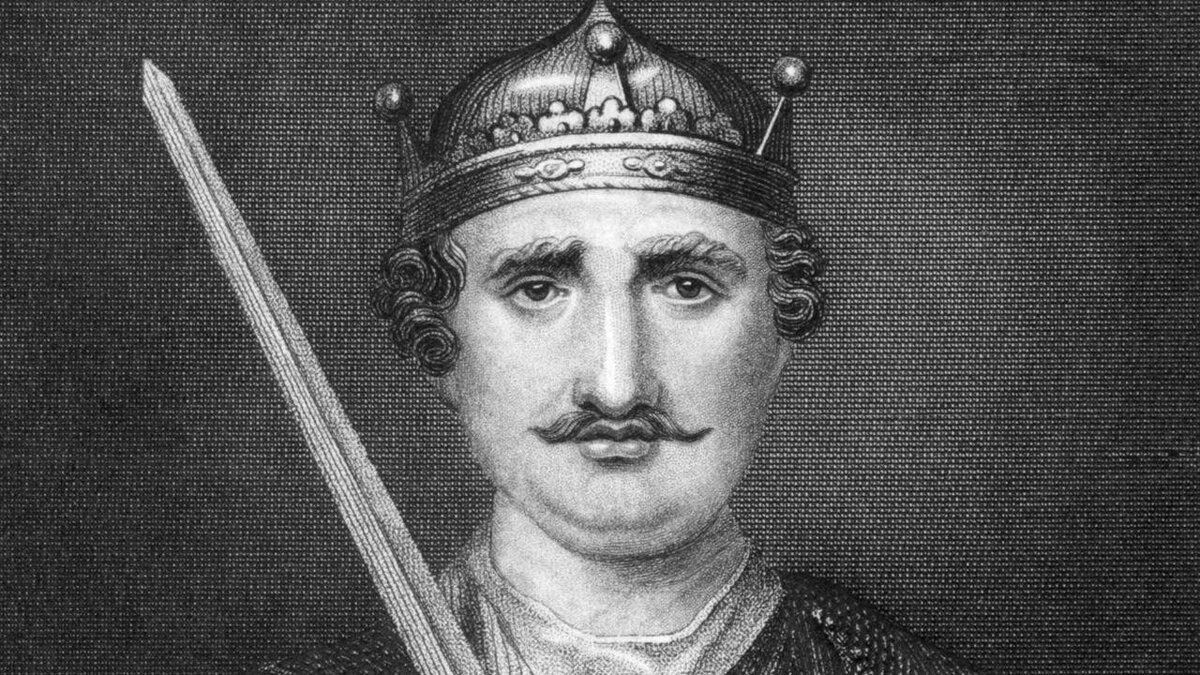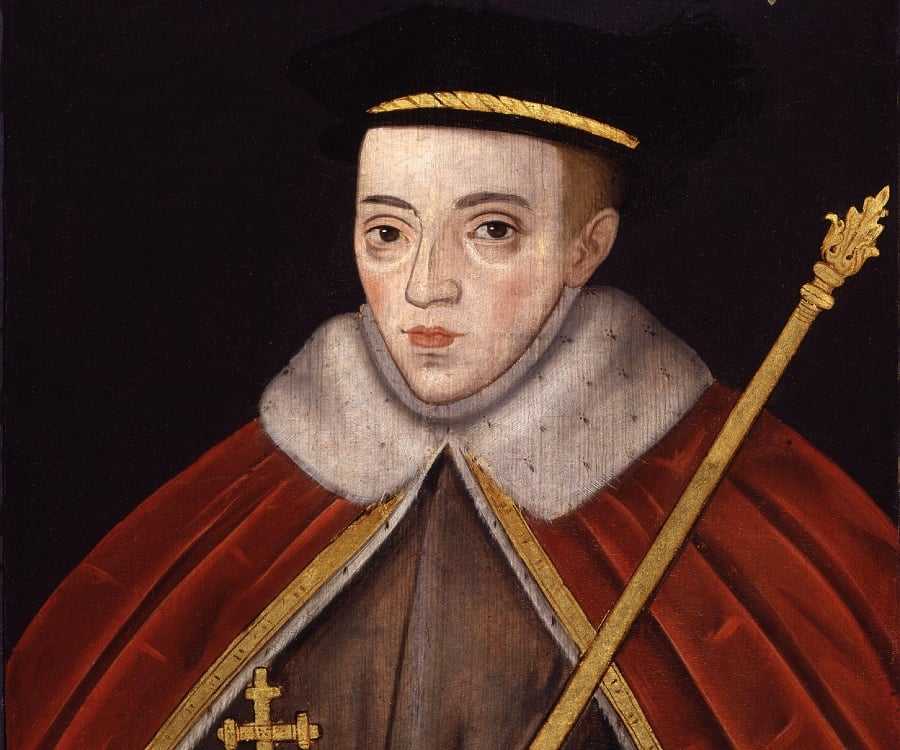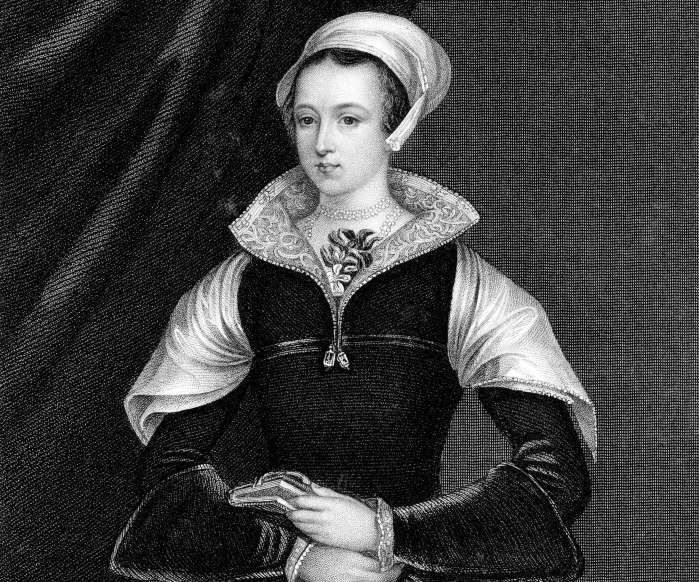Who was the shortest reigning king and queen in English history? Check out 7 Shortest Reigns and see why the reign was so short.
James II (3 years, 309 days)
King James II was England’s last Catholic monarch. The younger son of King Charles I, he spent most of his formative years in exile in France before returning to England with the monarch’s restoration in 1660.
Because his brother, King Charles II, had no legitimate children, James inherited the throne. During his reign, he advocated for religious tolerance, particularly for Catholics. In the Glorious Revolution of 1688, James was deposed, and his elder daughter, Queen Mary II, and her husband, King William III, were chosen as co-monarchs.

Richard III (2 years, 57 days)
King Richard III is still regarded as one of the most divisive monarchs in English history. He was King Edward IV's younger brother, and he played an important role during his brother's reign. Richard claimed the throne after his brother died and his nephews vanished from the Tower of London. He was the last Yorkist King and the last person in the Plantagenet line when he was defeated by Henry Tudor's forces at the Battle of Bosworth Field in 1485. In 2012, his body was discovered beneath a Leicester car park and reburied in Greyfriars Church.

King Harold II (9 months and 8 days)
On British soil, only two English monarchs have died in battle. Richard III was killed at the Battle of Bosworth Field, and Harold, the last Anglo-Saxon King, was killed at the Battle of Hastings.
According to popular belief, Harold was killed when an arrow struck his eye. An image on the Bayeux Tapestry depicting a figure gripping an arrow near a Latin caption stating 'Harold the King is killed' lends credence to this perception. Some historians, however, have pointed out that it is unclear which figure on the tapestry the caption refers to; it could equally refer to a nearby image of a knight being trampled under a horse.

Empress Matilda (208 days)
The Anarchy was a conflict between Empress Matilda and her cousin King Stephen over the right to rule England. Matilda had been designated as Henry I's heir, but when he died in 1135, Stephen snuck in and had himself crowned. In order to reclaim her right, Matilda invaded England in 1139. At the Battle of Lincoln on February 2, 1141, Stephen was captured by Matilda's forces, led by her half-brother Robert, Earl of Gloucester.
The clergy met in Winchester on April 7 and proclaimed Matilda as Stephen's replacement. She would be crowned in London and use the title Lady of the English, because a king was a man, and a queen was a king’s wife. This was a reference to Thelflaed, Lady of the Mercians, Alfred the Great's daughter who ruled Mercia.

Richard III (2 years, 57 days)
King Richard III is still regarded as one of the most divisive monarchs in English history. He was King Edward IV's younger brother, and he played an important role during his brother's reign. Richard claimed the throne after his brother died and his nephews vanished from the Tower of London. He was the last Yorkist King and the last person in the Plantagenet line when he was defeated by Henry Tudor's forces at the Battle of Bosworth Field in 1485. In 2012, his body was discovered beneath a Leicester car park and reburied in Greyfriars Church.

Edward V (78 days)
King Edward V was the son of King Edward IV and was known as the "Elder of the Princes in the Tower." Edward was never crowned and instead became a pawn in the power struggles won by his uncle, King Richard III. Their uncle, who claimed to be protecting them, led Edward and his younger brother, Richard, into the Tower of London. However, only 78 days after his father's death, the young Edward was deposed. Soon after, he was seen for the last time in the Tower. What happened to the Princes in the Tower has remained a mystery.

Lady Jane Grey (9 days)
Lady Jane Grey, who ruled England for only nine days in July 1553, is regarded as the monarch with the shortest reign. Lady Jane was only a teenager when then-King Edward VI died; according to Smithsonian Magazine, she fainted upon learning that she would succeed him. Lady Jane's rise was quick and calculated. Her father-in-law, John Dudley, was adamant about retaining power and preventing Edward's half-sister, Mary Tudor, from ascending to the throne. As a result, he had Mary declared illegitimate because of her Catholic faith. Then he replaced her with Jane.

